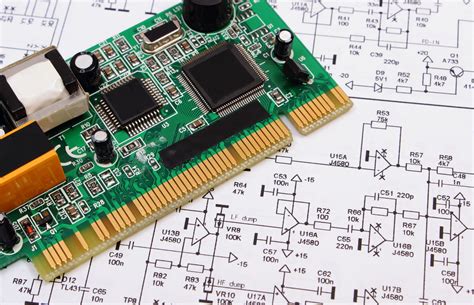
What did we use PCBs for?
Introduction to PCBs Polychlorinated biphenyls (PCBs) are a group of synthetic organic chemicals that were first synthesized in the late 19th century. They are made[…]
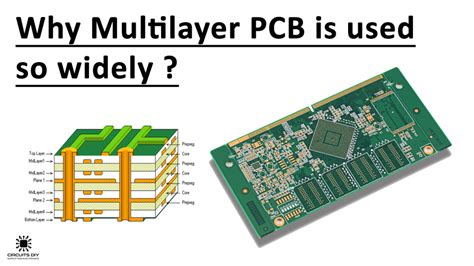
What is the benefit of PCB?
Compact Size and Space Efficiency One of the primary benefits of PCBs is their ability to minimize the size of electronic devices. By using a[…]
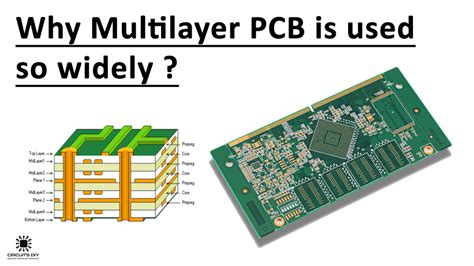
Why are PCB useful?
Introduction to PCB and its Benefits Printed Circuit Boards (PCBs) have revolutionized the electronics industry since their inception in the 1930s. PCBs are the backbone[…]
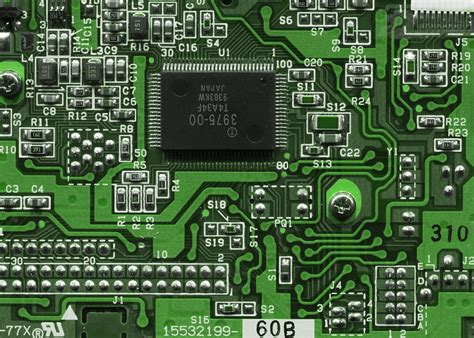
What is a PCB and what does it do?
Introduction to Printed Circuit boards (PCBs) A Printed Circuit Board, commonly abbreviated as PCB, is the backbone of modern electronics. It is a flat board[…]

What is a PCB in networking?
What is a Printed Circuit Board (PCB)? A Printed Circuit Board (PCB) is a flat, thin board made of insulating materials, such as fiberglass or[…]
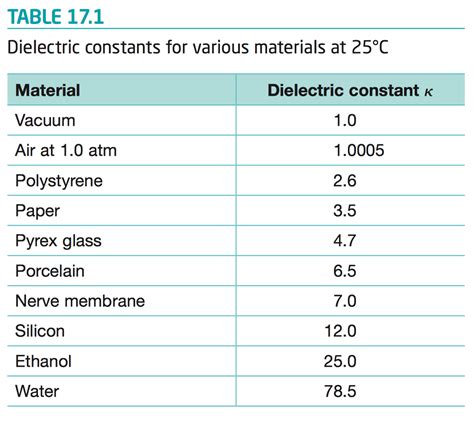
What is the dielectric constant of Rogers FR4?
Introduction Rogers FR4 is a widely used printed circuit board (PCB) material known for its excellent mechanical and electrical properties. One of the key characteristics[…]
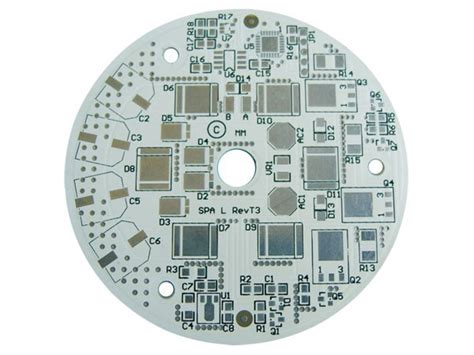
What is the difference between aluminum and FR4 PCB material?
Introduction to PCB Materials Printed Circuit Boards (PCBs) are the backbone of modern electronics. They provide a platform for mounting and interconnecting electronic components to[…]
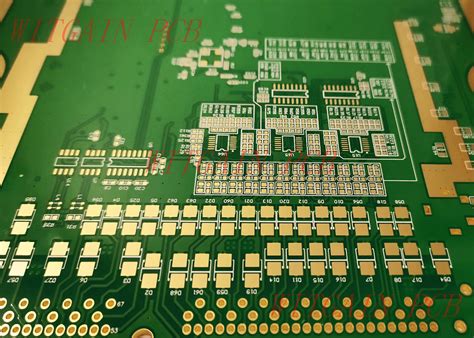
What is the use of FR4 substrate?
What is FR4 substrate? FR4 (Flame Retardant 4) is a composite material composed of woven fiberglass cloth with an epoxy resin binder. The “FR” designation[…]
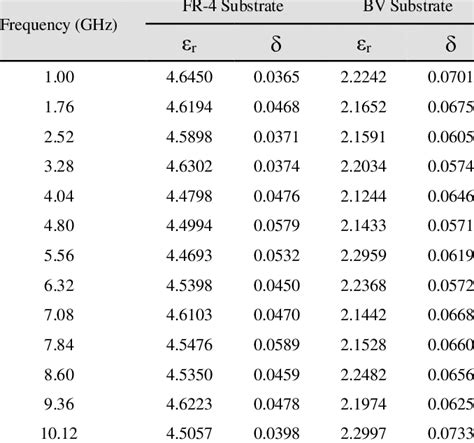
What is the property of FR4 material?
Physical Properties of FR4 Composition and Structure FR4 is a composite material made from woven fiberglass cloth impregnated with an epoxy resin binder. The fiberglass[…]
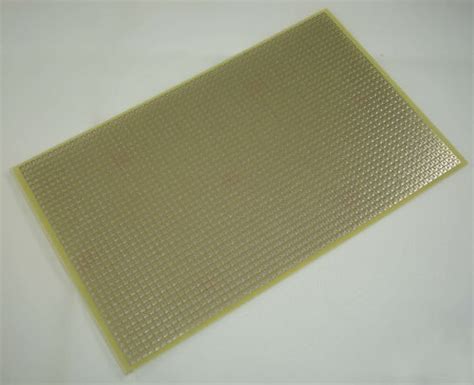
Are PCBs made of fiberglass?
What is Fiberglass? Fiberglass, also known as glass-reinforced plastic (GRP), is a composite material made from fine glass fibers embedded in a resin matrix. The[…]